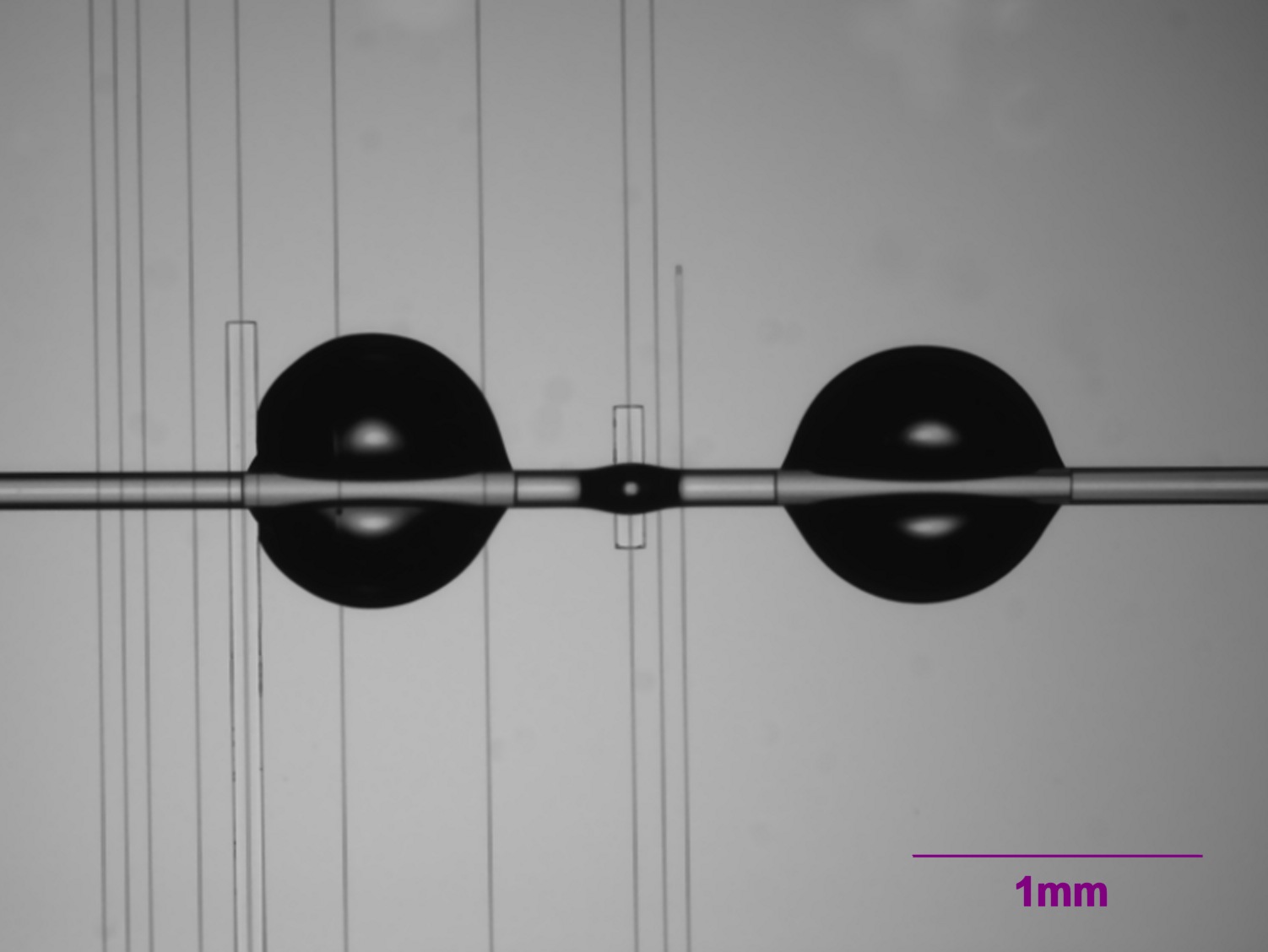

Optical microresonators are known as very attractive sensing structures in various fields of bioanalytics, gas detection and inertial measurements (gyroscopes), but also recently extended to other applications such as quantum metrology and computing. They offer unique properties that include high sensitivity, small size, multiplexing, label-free detection, low power consumption, and potential integration capabilities. Thinking in terms of sensing, the high quality optical whispering gallery modes (WGMs) on the surface of these resonators can interact strongly with the external medium. Thus, a small variation in the external medium causes a refractive index change that consequently, provides a spectral shift of the WGM. For example, this spectral shift can be used to determine the presence of specific biomolecules.
Different materials and 3D configurations, including spheres, disks, toroids, capillaries and bottles, are chosen to manufacture high quality optical resonators. To read out the WGMs of these structures, an external light coupling element is required e.g., fiber tapers, fiber tips or integrated waveguides. In particular, glass bottles and spheres are fabricated with melting techniques that permit ultra-smooth surfaces (high quality factors), and consequently high sensitivities.
Fraunhofer IZM goal is to develop an integration strategy for 3D resonators, especially bottles, spheres and toroids. By means of a reliable, robust and low-cost packaging of them, miniaturized high-sensitivity optical sensors can be realized, leading to next-generation photonic devices.
As a potential approach, the semi-automatic integration of resonators through photonics integrated circuits (PICs) has been recently explored. The integrated waveguides of PICs can effectively couple light to an array of resonators with a Q factor up to 105. They can now replace the typical fiber tapers employed in state-of-the-art sensing experiments.
The hybrid package solution of the waveguide-resonator system offers benefits related to automation, scalability and high compatibility with microfluidics. High precision alignment and glue dispensing techniques are essential to achieve the integration of resonators. The bonding method based on laser-structured adhesive foils can also be proposed for the realization of optofluidic cartridges based on 3D resonators.
With packaged resonators, further applications from the field of telecom, datacom, and quantum technologies can be addressed as well.
This work was funded by BMBF VDI, project "PoC-BoSens" with a grant agreement number of FKZ 13N14724.
 Fraunhofer Institute for Reliability and Microintegration IZM
Fraunhofer Institute for Reliability and Microintegration IZM